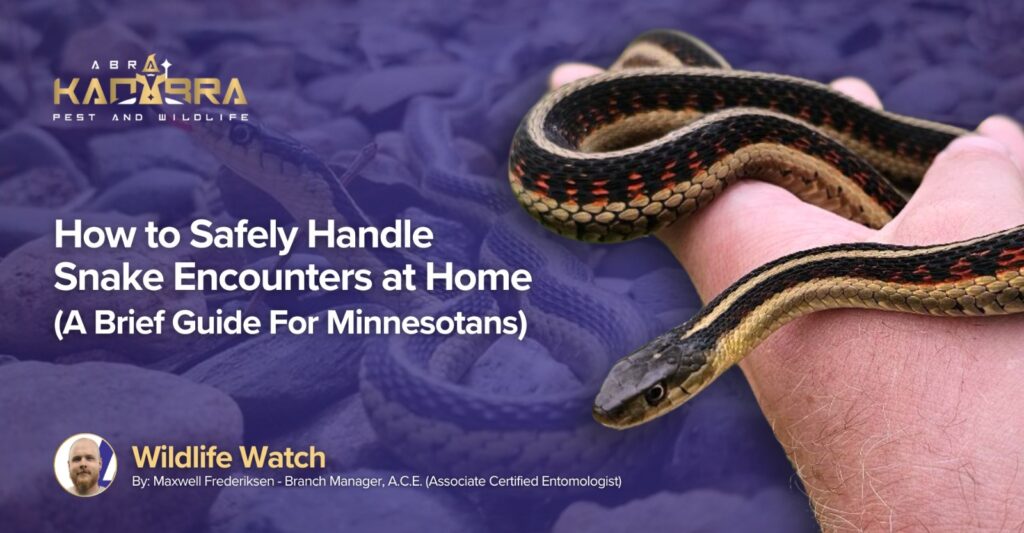Are you seeing snakes in and around your home?
In this post, we’ll cover the various factors that could be contributing to higher snake populations. Several common features of a Minnesotan yard could be attracting snakes, and making some tweaks in the way you care for your property could drastically reduce sightings.
The first step to keeping snakes out of your house is an assessment by one of our trained wildlife inspectors. Sealing foundation-level gaps and crevices can effectively prevent snakes from entering your home.
The next step is to address the local ecosystem around your home. Altering your yard may seem like a daunting task, but it boils down to the fact that snakes seek out the basic necessities—food, shelter, and water, also referred to as conducive conditions by pest management experts. With that in mind, by making some simple changes, you’ll notice fewer and fewer scaly visitors over time.
Identifying the Most Common Snakes in Minnesota
Here are some of the most common snakes you can spot in Minnesota.
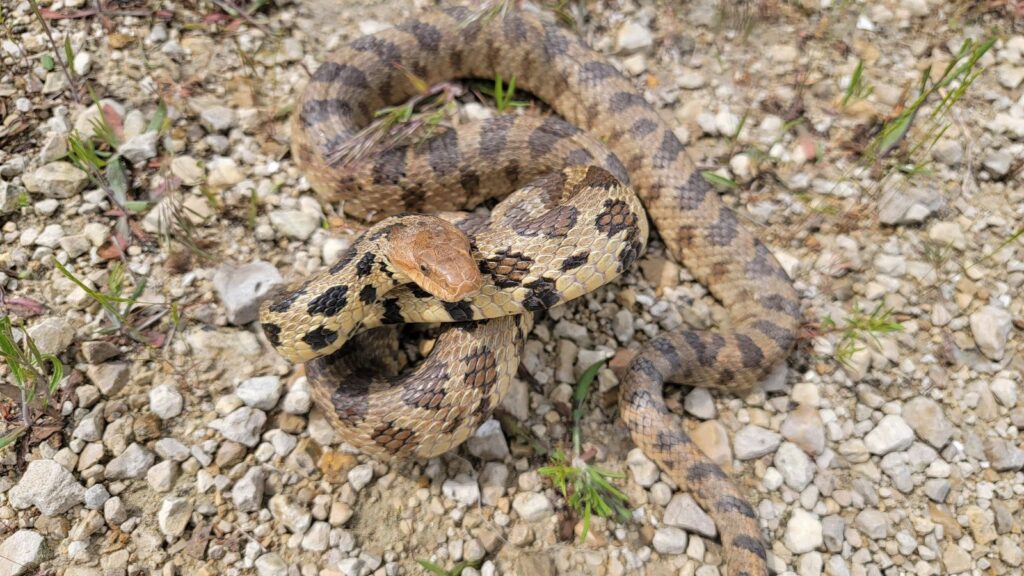
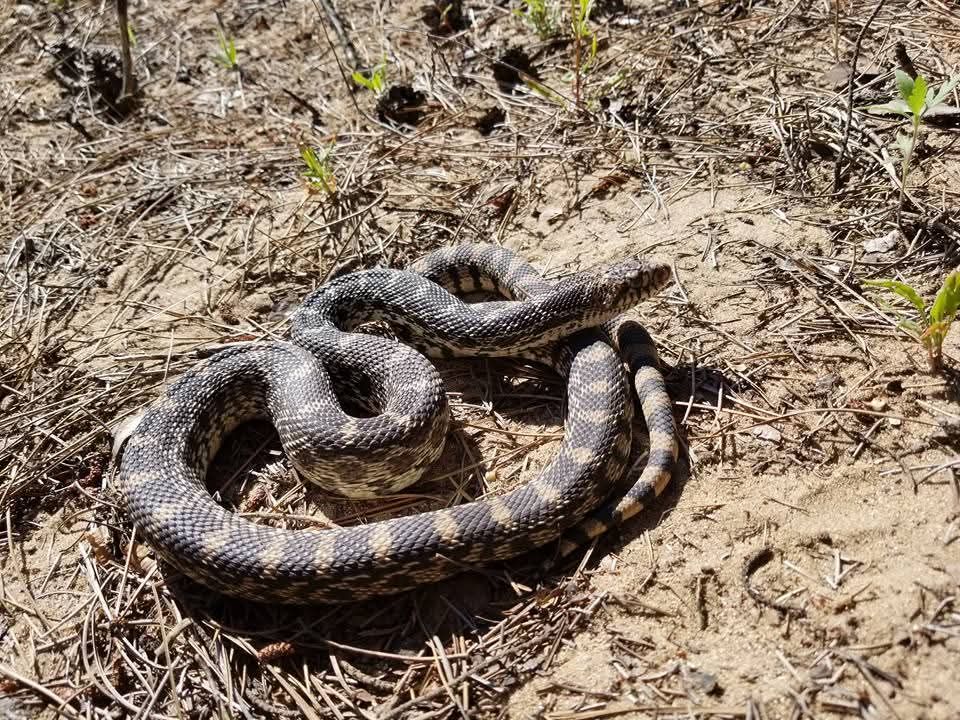
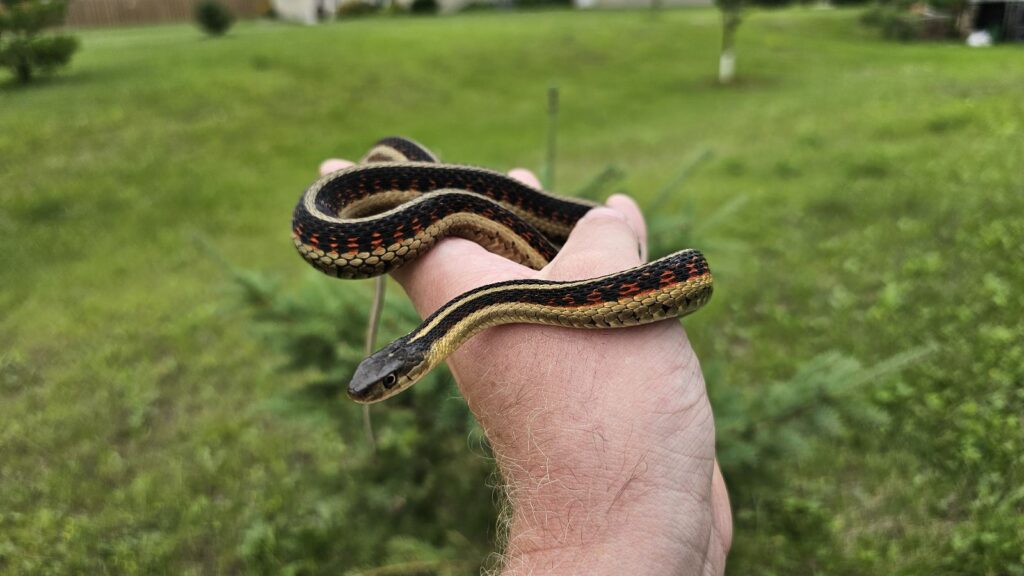
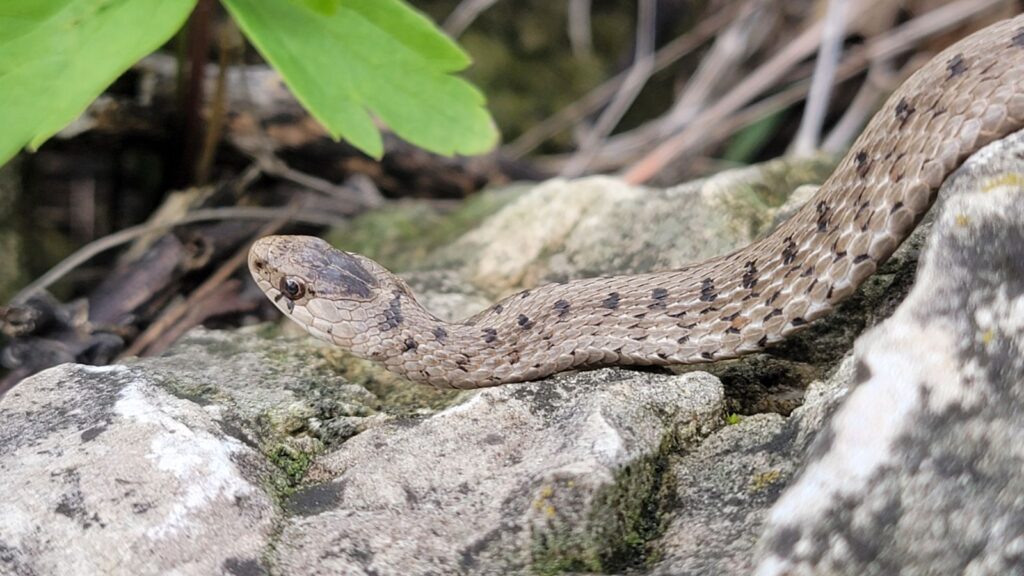
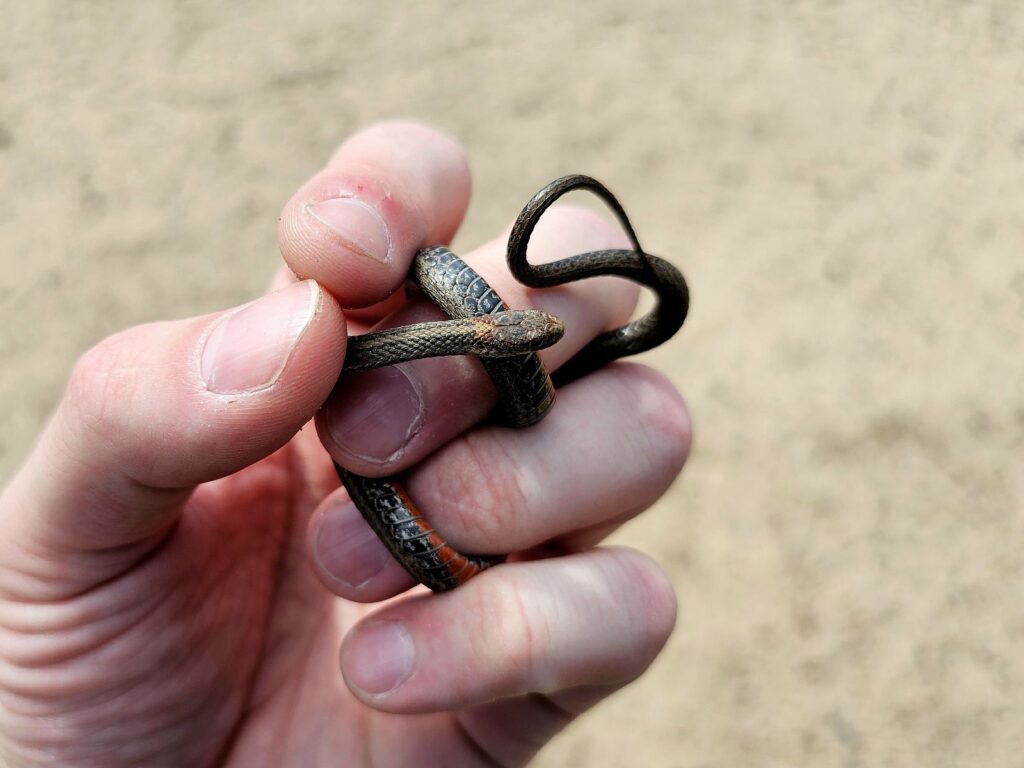
Reducing Food Sources
When attempting to reduce conducive conditions for a predator like a snake, you may also need to consider reducing conducive conditions for their food sources. We know that many of our common snake species like the garter snake, redbelly snake and brown snake eat worms, slugs, insects and frogs, while some of our other species like the bull snake and fox snake feed primarily on small mammals, birds, and sometimes other reptiles. With that in mind, we can make some recommendations based on reducing those food sources.
Keep your property manicured. Brush and wood piles, as well as artificial cover like scrap plywood and tin, not only act as safe areas for snakes, but also as their food sources. Tall grass and leaf litter can lead to higher moisture levels, encouraging insects, slugs, and worms to reside in your yard. Additionally, being on an ongoing pest management program can help reduce food sources for toads and frogs, in turn reducing food sources for snakes.
Removing Clutter
Snakes are creatures of habit and tend to stay where resources are plentiful. Removing clutter around your home removes safe places for snakes to spend time. Their natural predators are birds of prey, foxes, coyotes, and other mammals like weasels and raccoons.
You may even consider adding a perch to attract birds of prey. Plan your landscaping with pest activity in mind. Boulder walls make great places for voles and mice to nest, and could even lead to overwintering sites for snakes.
Removing Water Sources
Remove unnecessary water sources from your property: We do not recommend water features and fish ponds, as these will attract snakes.
Keep containers overturned so they don’t fill with rain water; this will help deter frogs, toads, and snakes and lower your breeding mosquito population!
Did you know some mosquitoes can and will successfully breed in an overturned bottle cap?
Why Over-the-Counter Snake Repellent Can Be Ineffective
It may be tempting to turn to an over-the-counter snake repellent, but these have been proven ineffective over the years. See this article to learn more.
Many commercial snake repellents have shown little to no effectiveness, making them a poor investment. Making simple changes to how you take care of your home and property will have a much more prominent effect.
Wrapping It Up
While snakes are frightening to some people, they play an important role in our ecosystem.
They help keep prey populations down, acting as natural pest control, and they’re a food source themselves for animals higher up the food chain. By spending some time researching our local snakes, you may find that they’re not as scary as they seem from a distance!
Understanding and coexisting with local wildlife can lead to a healthier, more balanced backyard ecosystem.
If you have issues with snakes in your home, call us at 763-328-0156 or book a free inspection.

